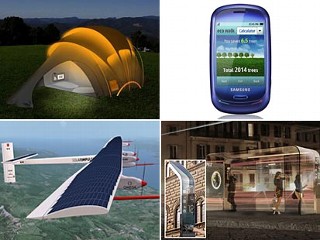
by Richard Wottrich
The previously featured GDP/Energy ratio is not intended to measure carbon emissions for preciously the purpose of separating them from the political argument on global warming. Since humans must produce to survive and to produce, energy must be used, the rational way to approach energy consumption is on efficiencies.
The reason to separate the two concepts is that carbon emissions are being blamed on developed countries without regard to energy efficiencies. This is misleading, just as a Per Capita/Energy ratio is misleading in that it favors nations with huge populations. We are all on the same globe. At the end of the day national boundaries matter not at all regarding energy usage - efficiencies matter.
As a separate issue the mix of energy consumed is of concern to the extent that it contributes to global warming. The cost of energy is market driven and always will be. Governments will try to distort markets to achieve political ends, hence the debate about what countries are at "fault" for carbon emissions.
But the real argument is how long will it take for market forces to drive carbon emissions out of the energy sector. Any rational overview concludes that carbon-based energy sources will peak by at least 2050 and become marginalized by the end of the century.
Therefore real market forces will gradually favor alternative energy sources as traditional energy sources become “rare” and their costs increase. Attempts to artificially distort markets with deficit spending or currency reserves just postpone the real day of reckoning for oil and gas, because they "steer" money to back energy sources that may not be sustainable or technically feasible on the scales required.
It is possible that we are nearing that tipping point for certain alternative energy sources, as recent massive investments by the Chinese government in solar and wind power demonstrate. It remains to be seen however if those investments will produce reliable, sustainable, and efficient contributions to their national energy grid.
The most effective goal should be to achieve the best energy efficiencies we can while market forces sort out the winners in energy sources.


































